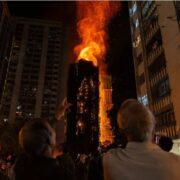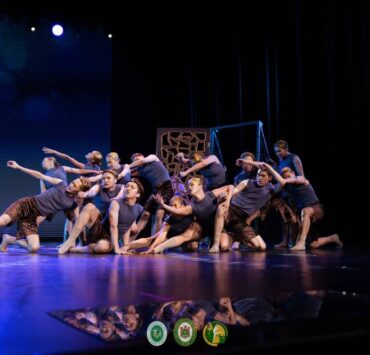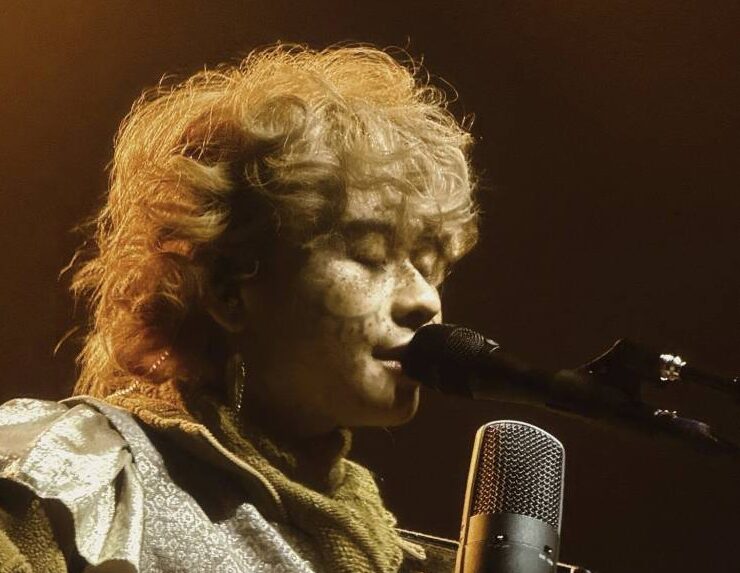‘Adolescence’ unpacks brutal reality of teen rage
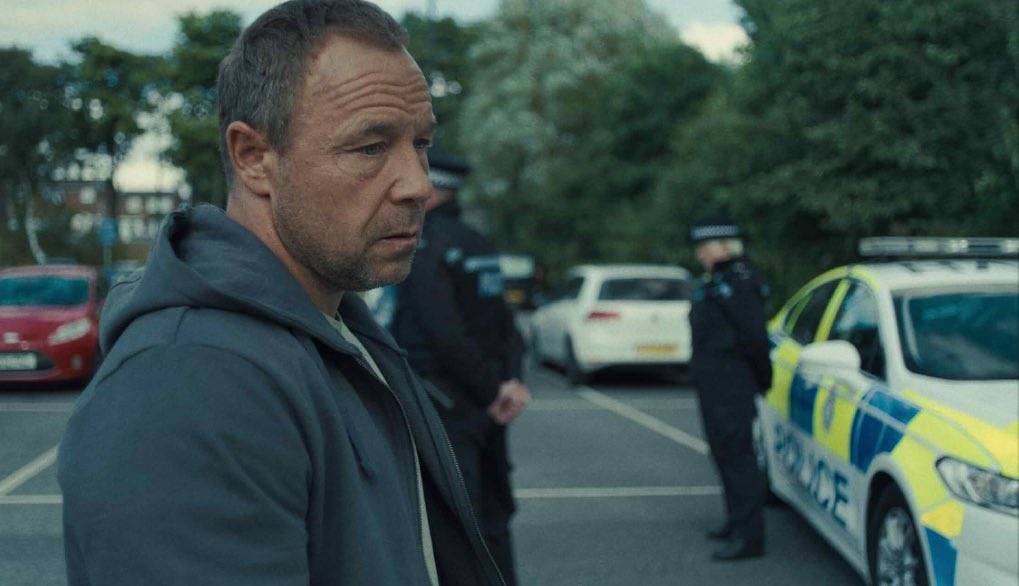
The Netflix original series “Adolescence” has proven to be a surprise hit for the streaming platform; it’s been reported that it had more viewers over a two-week period than any of their other limited series ever, which it achieved in only 11 days.
It’s always interesting when these surprise hits occur (like with “Squid Game” and last year’s “Baby Reindeer”); it serves as a reminder that audiences still have the capacity to surprise the studios and streamers.
A brutal and searing tale, “Adolescence” is a four-episode limited series about a 13-year-old named Jamie (Owen Cooper, in his impressive acting debut) getting charged with murdering a female classmate. This kicks off a sequence of events that upends the lives of his family and schoolmates while shining a light on male rage becoming superheated by social media.
Cocreated and cowritten by actor Stephen Graham (“A Thousand Blows”), who said he was troubled by numerous new reports of young boys stabbing young girls to death, it’s an urgent portrait of one particular instance that might ring familiar for parents raising teenagers of their own.
Idea in hand, Graham contacted cocreator/cowriter Jack Thorne (“His Dark Materials”), and together with director Philip Barantini (“Band of Brothers,” where he worked with Graham), they began developing the unique style and structure with which to tackle this story.
Each hour-long episode is a single unbroken take, no hidden cuts, with the camera sometimes operated by a single person, sometimes handed off to others, or attached to vehicles, including a drone.
The first episode covers Jamie’s arrest at home and processing at the nearby police station, the second shows the police interviewing persons of interest at Jamie’s school, the third is a taut and intimate two-hander between Jamie and a psychologist (Erin Doherty, “The Crown”) at an institution, and the last joins Jamie’s family a year later, still reeling from what has happened.
Impressive style
They are technically impressive, requiring weeks of rehearsals, a balletic dance between cast and crew (in the case of the second episode, at school, there were literally hundreds of extras). It keeps things intense, with no cathartic cuts, making it difficult to look away. Everything is occurring in real time, which helps the immersion of the audience in the goings-on.
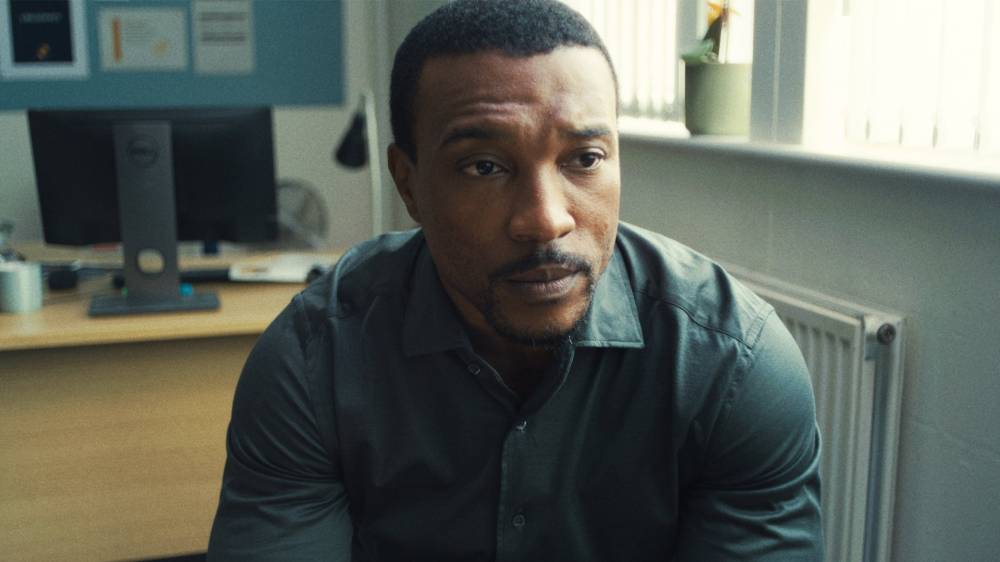
The realism can be almost oppressive sometimes, though there’s a lovely instance in the second episode where nondiegetic music is used (a children’s choral version, no less) and a departure in style is used when the camera floats from the school to the scene of the crime, where Jamie’s father is putting flowers.
These are meaty slices of life, telling a story from different angles, spurring dialogue, and raising questions. The style is impressive, but it can also be its own trap: We’ll never get a follow-up on some interesting strands that were introduced, like the relationship between Inspector Bascombe and his son, or how Briony will process her final session with Jamie. Their episode is searing, an unbroken session where the shades fall away and illusions evaporate. It was the first of the episodes to be shot and was Cooper’s first time on a set, which makes it even more impressive.
Kudos goes to Graham, who anchors the final episode as dad Eddie, trying to keep it together on his 50th birthday while dealing with vandals and sideways looks from neighbors. As cocreator, he was able to take a very pressing concern and make a potent piece of culture with it, raising a mirror to a community in dire need of looking into how its young are being manipulated.








